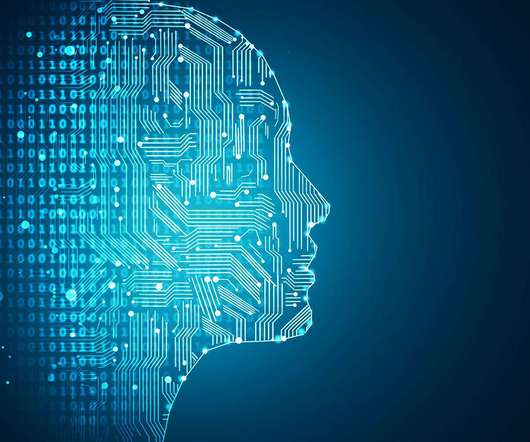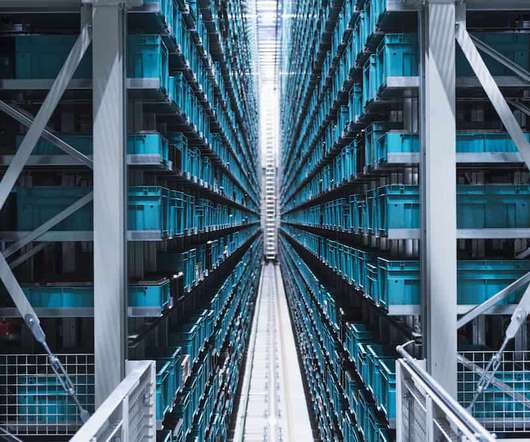Machine Learning Paradigms with Example
Analytics Vidhya
JULY 25, 2022
This article was published as a part of the Data Science Blogathon. Machine Learning is the method of teaching computer programs to do a specific task accurately (essentially a prediction) by training a predictive model using various statistical algorithms leveraging data. Source: [link] For […].














Let's personalize your content